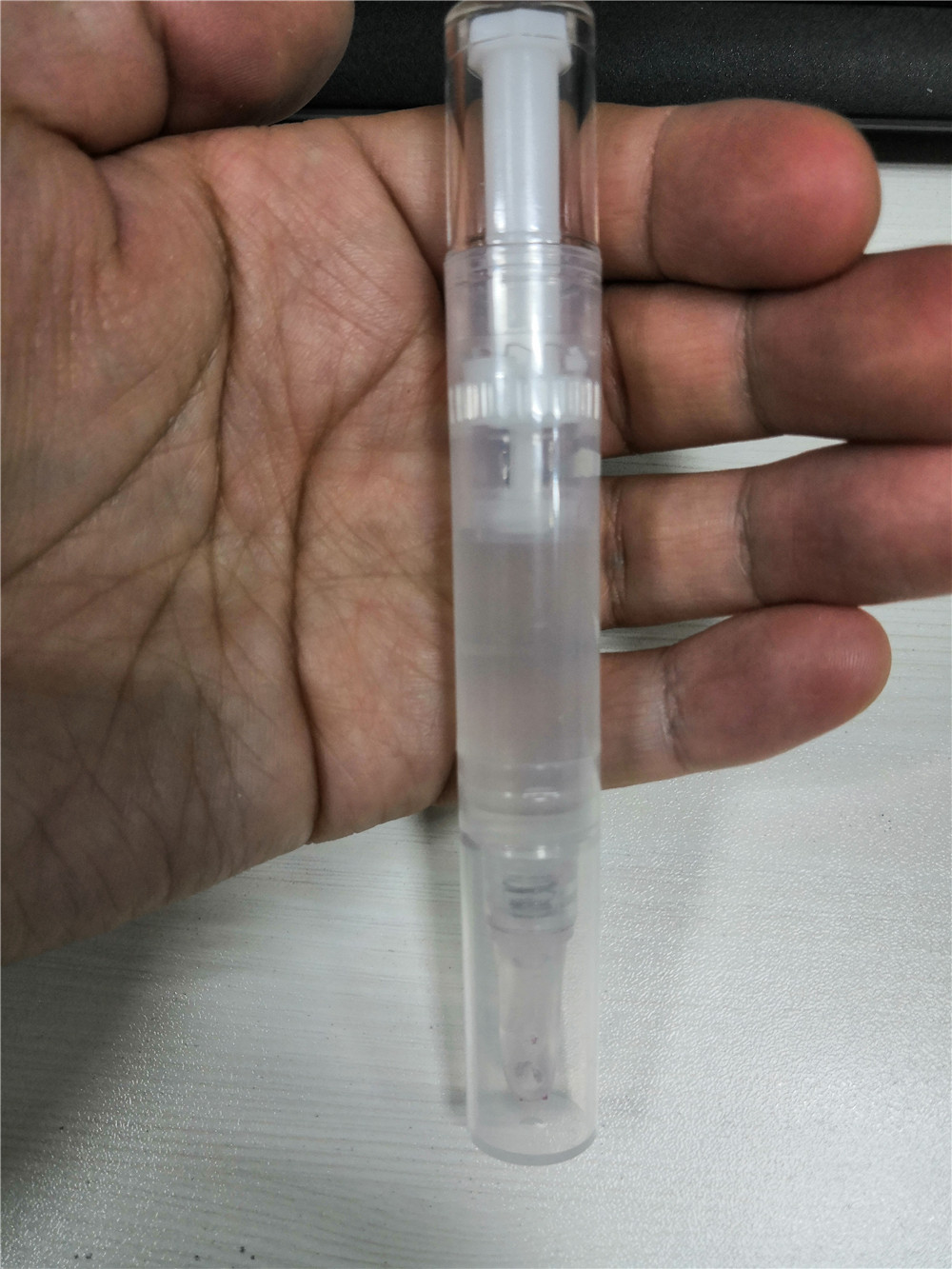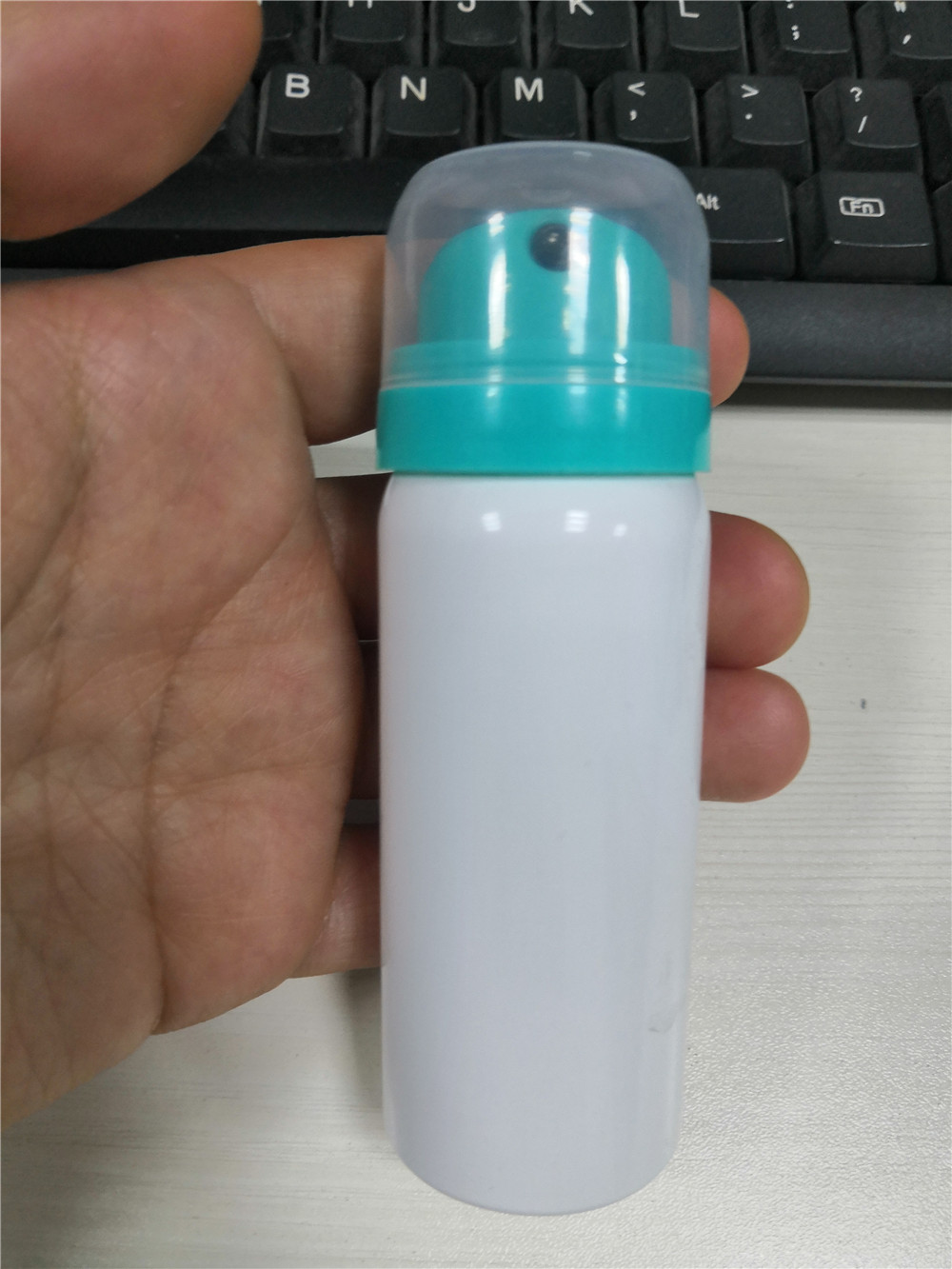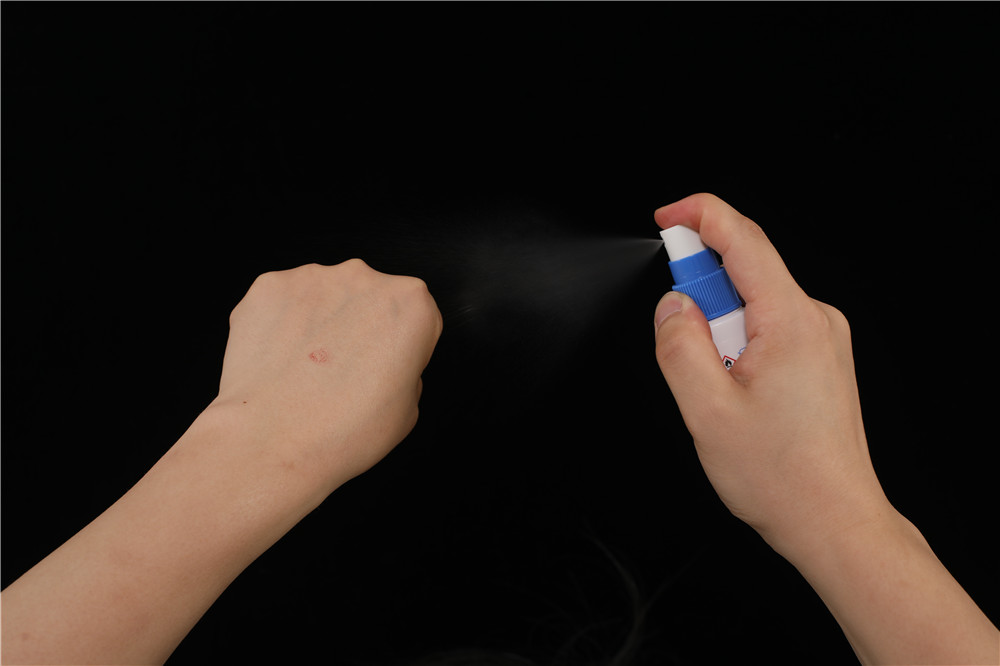

Superficial skin injury is a very common type of trauma in clinical practice. It often occurs on exposed skin parts such as limbs and face. The wounds of this type of trauma are often irregular and easy to be infected, and some joint parts are not easy to bandage. The routine dressing change treatment of solid dressings in clinical practice is cumbersome., and the lesions are prone to scars after healing, which affects the appearance. At present, the most convenient solution for the treatment of this type of trauma is to use the liquid wound patch solution as a new treatment method or auxiliary material. This type of dressing is a coating dressing composed of liquid polymer materials (our company’s liquid wound dressing uses silicon-based materials similar to 3M). After being applied to the superficial wounds of the body, a protective film with certain toughness and tension can be formed. The protective film reduces water volatilization, enhances the hydration of wound tissue, and creates a moist healing environment to promote wound healing and prevent infection.
The main working principle of the liquid bandage is to seal the wound with a flexible, tensile, and semi-permeable film. Create a water-proof, low-oxygen, and slightly acidic moist environment between the dressing and the wound to inhibit the growth of bacteria on the wound. Promote the synthesis of fibroblasts and stimulate the proliferation of blood vessels, so as not to produce scabs, promote superficial wound healing, and quickly repair the cortex. It conforms to the principles of modern wet healing therapy for trauma. In addition, silicon-based materials are used as tablet coating and film-forming materials, which are not absorbed, have no metabolic toxicity, and have higher biocompatibility. Compared with traditional solid dressings, it is not easy to adhere to the wound surface to avoid secondary injury to the wound. Therefore, this kind of liquid bandage is safe and effective for the protection of superficial skin wounds (such as cuts, lacerations, abrasions, and wounds in the later stage of suture).

